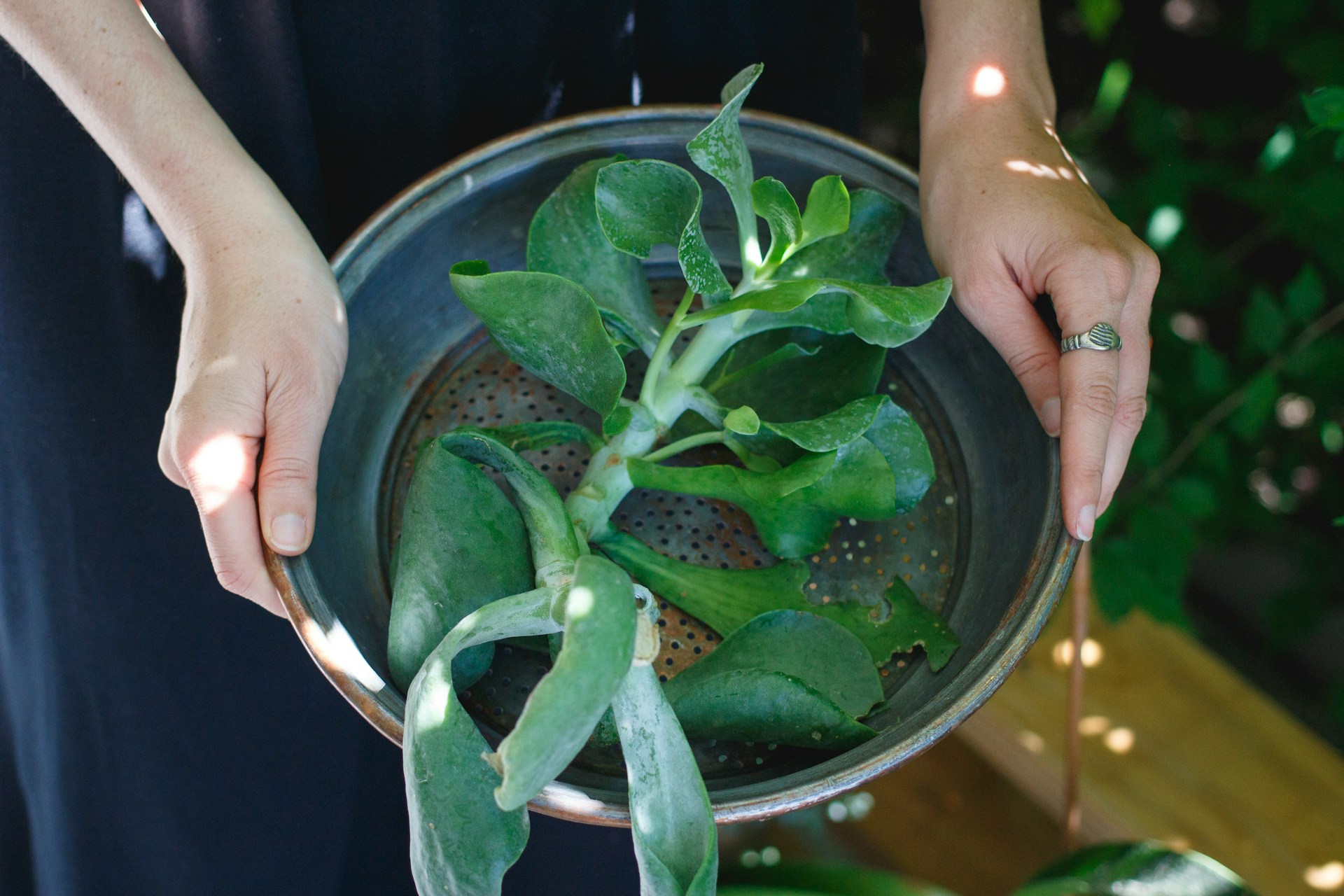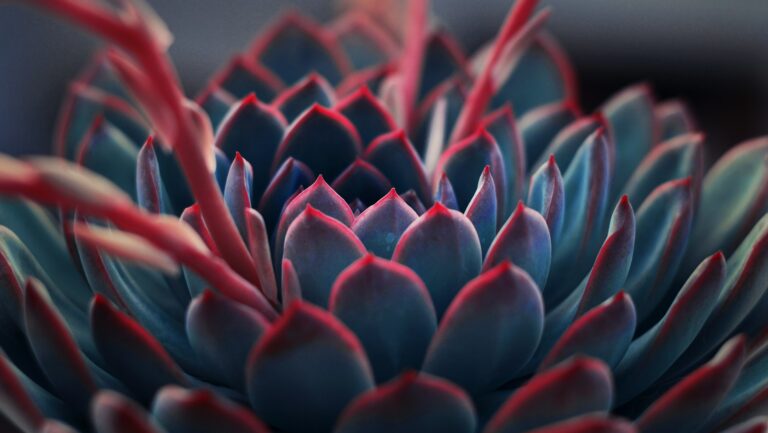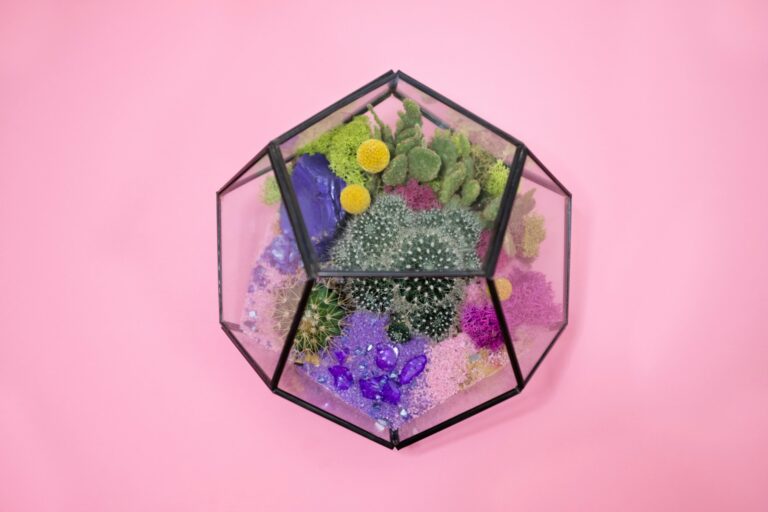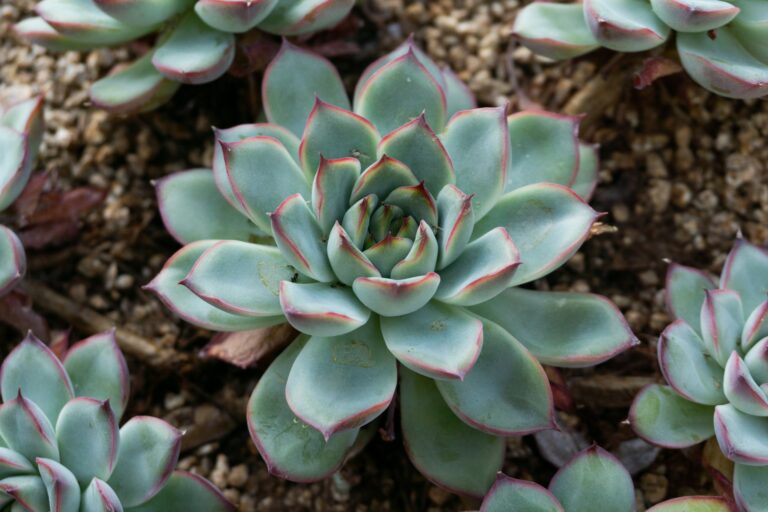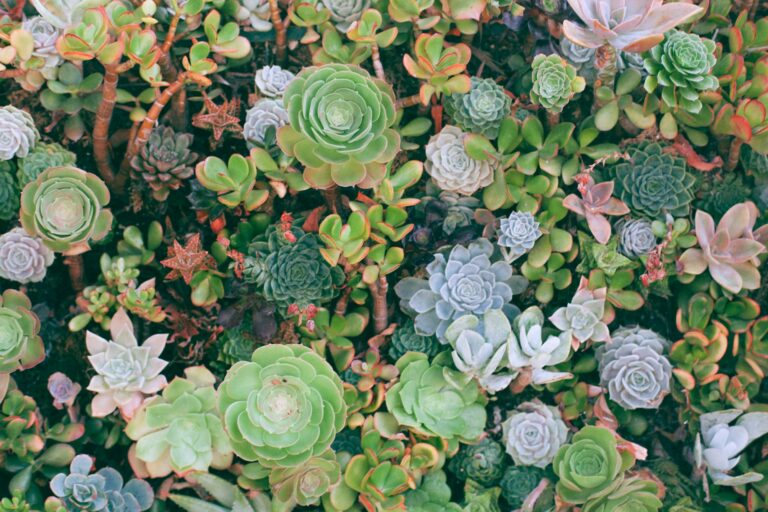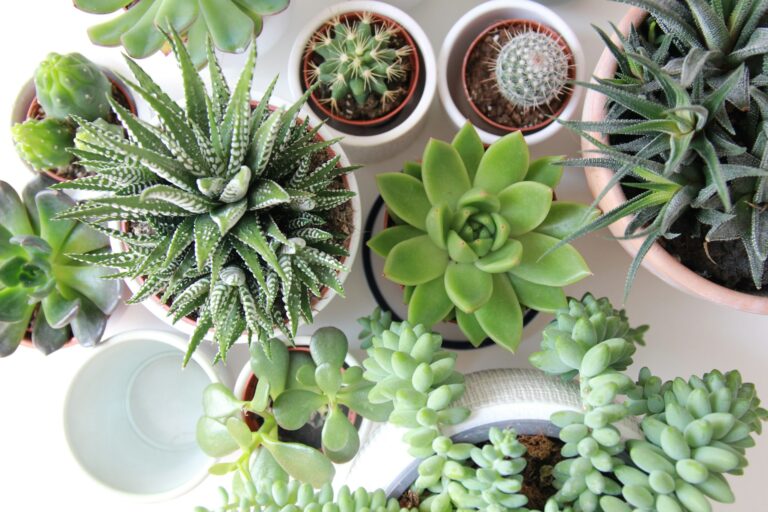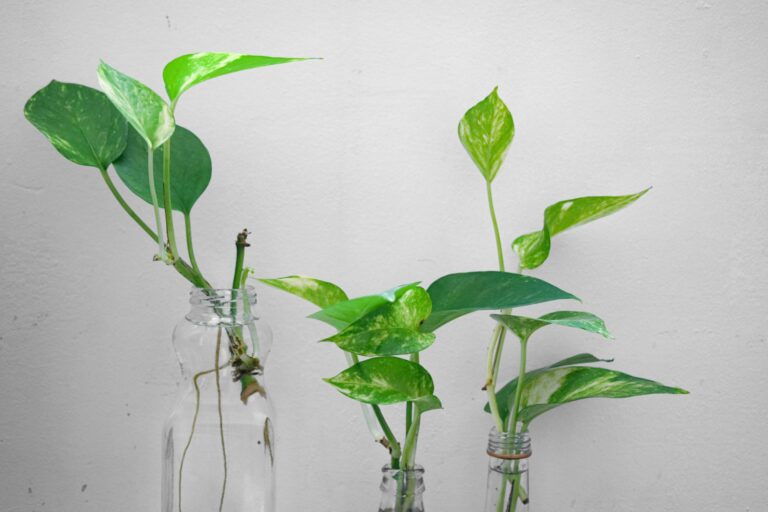Succulent plants are amazing indoor plants that can withstand harsh conditions. However, you can sometimes find succulent plant leaves falling off due to lack of care. That means the plant is not immune to problems, and you can notice the signs when the succulent leaves fall off.
Succulent plants are popular for their unique shapes, low maintenance requirements, and ability to store water in their leaves, stems, and roots. Plant enthusiasts often choose them because of their hardiness and resilience, making them an excellent choice for beginners.
However, when the plant starts to have problems such as leaves falling off, the cause can range from natural aging to serious plant problems that require immediate attention.
In this article, we will explore the causes of succulent plant leaves falling off and provide you with tips on how to prevent and treat it.
The Common Causes Of Succulent Plant Leaves Falling Off And How To Fix Them.
There are several reasons why succulent plant leaves may fall off. Some of the common causes of succulent leaf drop include:
- Improper watering
- Lack of sunlight
- Extreme temperature
- Poor quality Soil
- Type of pot
- Pests and diseases
- Extreme cold
Improper watering
Succulent plants don’t grow well in soils with too much water. And even though they can survive in dry areas, they still require minimum water to survive.
Overwatering plants makes the soil wet, which causes it to close pores that allow aeration. Poor aeration causes the roots to stress and produce a fungus that causes root rot. As roots rot, they stop supplying nutrients and water to the leaves, which causes the leaves to die from malnutrition.
On the other hand, overwatering can cause the leaves to absorb excess water, which causes the cells to burst, making them weak and easy to fall off.
If one of these scenarios happens to your plant, the succulent leaves can fall off.
The best way to water plants is to ensure the soil is dry before watering it. You can create a routine and give the plant water at least once a week or every two weeks.
Besides that, under-watering causes the plant to lack water. It causes succulent leaves to wither and fall off. A sign of under-watering is when the leaves turn yellow, and then withering follows. Once you notice this, start giving the plant water until excess water drains off through the drainage holes.
Lack of sunlight
Sunlight is essential for the growth of succulents. In fact, they love growing in full sun. But that doesn’t mean you leave them in the sun for a full day. Excess sunlight can sometimes scorch the leaves.
If your plant has stayed away from the sun for some time, the leaves drop when touched. That’s a sign that it needs a lot of sunlight. Move it to an area with bright sunlight and let it stay there for a few hours a day.
Succulent leaves drop off because the plant leaves elongate, looking for the sun, and once they don’t find light, they become weak. Thus, it results in succulent leaves falling off when touched.
When moving the plant to the sun, avoid exposing it directly to the sun. Prepare it so that it adapts to the changes. Give it about an hour of sunlight each day and increase the length each day until it gets around 8 hours of sunlight in a day.
Once the plant has received enough sunlight, the leaves will stop dropping.
Extreme temperature
As much as succulents love growing in the sun, sometimes the sun’s intensity can be a reason for succulent leaves falling off.
When the sun’s intensity increases, the temperatures also increase. A temperature rise induces stress on the plant. You don’t want your plant to get stressed; it can lead to serious problems, and sometimes the plant dies.
If this happens, place the plant in a cool environment where the temperature is optimum and suitable for the growth of a succulent plant.
Soil
Poor soil quality can lead to succulent leaves dropping. This type of soil has poor drainage, lacks nutrients, and lacks microorganisms.
If your soil lacks these qualities, the plant will grow properly. Poor drainage can result in overwatering the plant because the soil doesn’t drain off excess water. Soil that lacks nutrients can’t feed a plant, which means the plant will not grow.
When planting a succulent, ensure that you purchase succulent potting soil that contains all the necessary requirements for a plant to grow. You can also test the soil using an at-home test kit before you add fertilizer.
Too much fertilizer results in stunted growth and a potential burnt root system. Once the roots are burnt, that can result in succulent leaves falling off. Flush the soil to remove excess fertilizer.
Repot the plant with fresh soil if you are using poor quality soil.
Type of pot
The type of pot you use doesn’t have a big effect when it comes to growing succulents. However, your pot must have proper drainage if you want to avoid root rot. Most pots have drainage holes at the bottom to remove excess water.
If your pot doesn’t have drainage holes, water can accumulate at the bottom of the container. That can lead to root rot and eventually cause the succulent leaves to drop from lack of nutrients.
Pests and diseases
Not many pests or diseases can cause succulent leaves to drop, however, for some, such as fungi infection, they can kill the leaves, causing them to fall off.
When pests attack your plant, they weaken and are susceptible to attack. If not treated on time, the leaves become affected and start to fall off.
Extreme Cold
Most succulents can’t survive cold temperatures. That mean’s any temperatures below the freezing point is lethal to succulents.
When the freeze affects the plant, the leaves turn brown, black, and mushy. If the freezing temperatures continue, the leaves rot and eventually fall off. In most cases, it’s not easy to salvage a plant affected by cold temperatures.
To prevent the plant from dying, move it indoors to warm temperatures. For instance, you can move them outdoors to a garage before moving them into the house to avoid sudden temperature changes.
Conclusion
In conclusion, succulent plant leaves may fall off for most of the above reasons. Understanding the cause of the problem is critical in preventing further leaf loss and ensuring plant health.
Proper watering practices, controlling pests, providing the right growing conditions, and prompt infection treatment are some ways to prevent succulent leaf drop. With proper care and attention, succulent plants can thrive and bring their owners joy for years.
